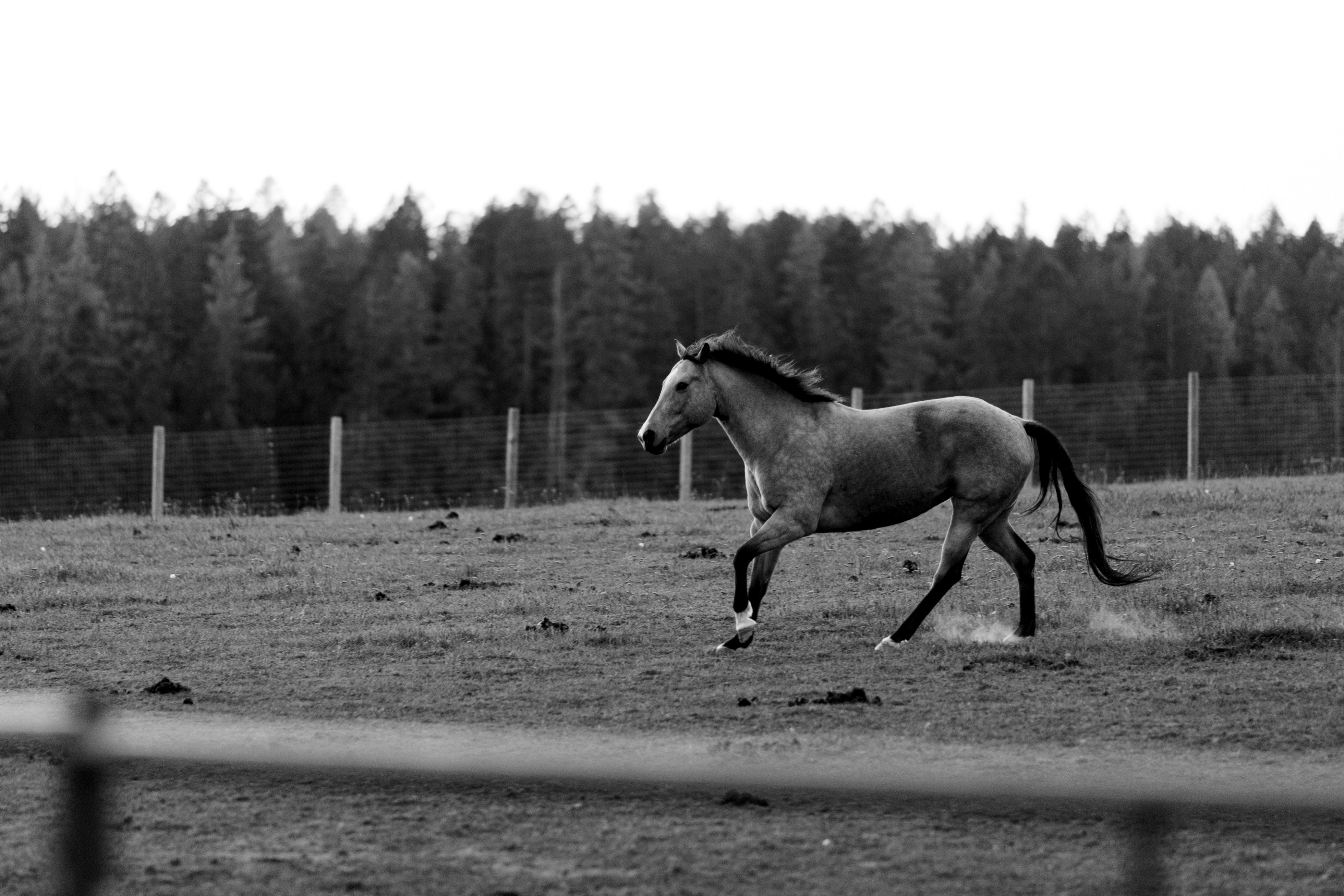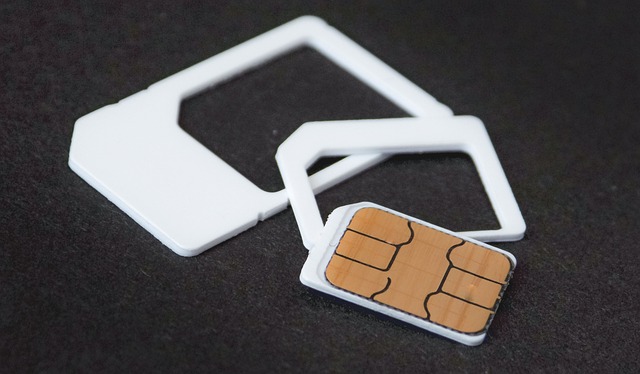The Remarkable Journey of Animal Assisted Therapy: A Deeper Dive into its History and Impact
The practice of using animals to promote healing and wellbeing has been around for centuries. But how did it evolve into today's concept of Animal Assisted Therapy (AAT)? Let's explore the fascinating history and the latest developments in this field.

A Glimpse into the Past: Origins of Animal Assisted Therapy
The use of animals in therapy dates back to ancient times. Records show that the Greeks used horses for therapeutic riding as early as 600 BC. In the 19th century, Florence Nightingale, a nursing pioneer, recognized that pets reduced anxiety in psychiatric patients. But it wasn’t until the 1960s that structured use of therapy animals began, thanks to the efforts of child psychologist Boris Levinson and his dog Jingles.
The Rise of Modern Animal Assisted Therapy
Levinson accidentally discovered the therapeutic effects of his dog when a non-verbal child started communicating in Jingles’ presence. This led him to introduce the concept of “Pet-Oriented Child Psychotherapy.” Since then, the field of AAT has expanded and diversified, with a variety of animals, including dogs, cats, horses, and even dolphins, being used to assist in therapy.
The Current Landscape: Animal Assisted Therapy Today
Today, AAT is recognized globally as a valuable and effective therapeutic practice. It’s used in various settings, including hospitals, nursing homes, schools, and prisons. It’s been proven effective in treating a variety of conditions such as depression, autism, PTSD, and more. The present trend is towards establishing more rigorous training and certification programs for therapy animals and their handlers to ensure the highest standards of practice.
The Economics of Animal Assisted Therapy
As AAT gains recognition, it has also begun to influence the pet industry. Therapy animals require specific training, and their handlers must be certified, leading to a rise in specialized training centers. Depending on the type of animal, the training program, and the certification process, the cost of acquiring and maintaining a therapy animal can range from a few hundred to several thousand dollars. This has opened a new market segment in the pet industry.
The Future of Animal Assisted Therapy
While AAT has made significant strides, there’s still a lot to explore and understand about the potential benefits and applications of this therapy. Future research will likely focus on scientifically quantifying the effects of AAT and establishing standardized protocols for its implementation. The journey of AAT, from its humble beginnings to its current status, is a testament to the incredible bond between humans and animals, and its future looks promising.
In conclusion, Animal Assisted Therapy has not only evolved as a respected therapeutic practice but also as a significant factor in the pet industry economics. Its future growth and development will continue to offer therapeutic benefits to humans and provide new market opportunities.




